-
 Bitcoin
Bitcoin $117500
2.15% -
 Ethereum
Ethereum $3911
6.19% -
 XRP
XRP $3.316
10.79% -
 Tether USDt
Tether USDt $1.000
0.01% -
 BNB
BNB $787.2
2.24% -
 Solana
Solana $175.2
4.15% -
 USDC
USDC $0.9999
0.00% -
 Dogecoin
Dogecoin $0.2225
8.40% -
 TRON
TRON $0.3383
0.28% -
 Cardano
Cardano $0.7868
6.02% -
 Stellar
Stellar $0.4382
9.34% -
 Hyperliquid
Hyperliquid $40.92
7.56% -
 Sui
Sui $3.764
7.63% -
 Chainlink
Chainlink $18.48
10.66% -
 Bitcoin Cash
Bitcoin Cash $582.1
1.88% -
 Hedera
Hedera $0.2601
6.30% -
 Avalanche
Avalanche $23.33
4.94% -
 Ethena USDe
Ethena USDe $1.001
0.02% -
 Litecoin
Litecoin $122.3
2.04% -
 UNUS SED LEO
UNUS SED LEO $8.969
-0.27% -
 Toncoin
Toncoin $3.339
0.86% -
 Shiba Inu
Shiba Inu $0.00001287
4.30% -
 Uniswap
Uniswap $10.43
7.38% -
 Polkadot
Polkadot $3.861
5.08% -
 Dai
Dai $1.000
0.02% -
 Bitget Token
Bitget Token $4.513
3.41% -
 Monero
Monero $267.7
-6.18% -
 Cronos
Cronos $0.1499
4.14% -
 Pepe
Pepe $0.00001110
5.15% -
 Aave
Aave $284.9
8.28%
What crypto wallets support Lightning Network?
The Lightning Network, built upon Bitcoin, enables near-instant, low-fee transactions off-chain, addressing scalability limitations and enhancing efficiency.
Feb 08, 2025 at 09:55 am
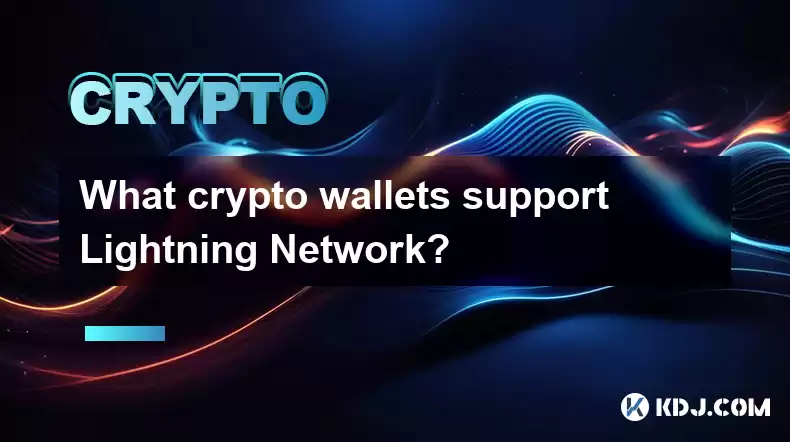
Key Points
- Understanding Lightning Network and its Benefits
- Identifying Crypto Wallets Compatible with Lightning Network
- Unraveling the Advantages and Drawbacks of Each Wallet
- Exploring Advanced Features for Enhanced User Experience
- Safety and Security Considerations for Storing Cryptocurrency
Article Body
Understanding Lightning Network and its Benefits
The Lightning Network is an innovative layer-2 protocol built upon the Bitcoin blockchain. It addresses the scalability and transaction speed limitations of the primary network by enabling off-chain transactions. Participants can create payment channels, facilitating near-instant and low-fee transactions outside the main blockchain.
Benefits:
- Speed: Transactions are processed within seconds, vastly improving efficiency.
- Cost-effectiveness: Channel participants can avoid expensive transaction fees on the Bitcoin network.
- Scalability: Off-chain transactions reduce network congestion, enabling more transactions to be processed.
- Privacy: While the Lightning Network records some data on-chain, overall privacy is higher than on-chain transactions due to off-chain channel operations.
Identifying Crypto Wallets Compatible with Lightning Network
Exodus Wallet:
- Beginner-friendly and easy to use with a sleek interface.
- Supports multiple cryptocurrencies, including Bitcoin, Ethereum, and Litecoin.
- Offers built-in Lightning Network integration for seamless transactions.
Blue Wallet:
- Mobile-only wallet with a focus on Bitcoin and Lightning Network.
- Features a non-custodial nature, giving users complete control over their funds.
- Supports advanced capabilities like custom fee adjustments and multi-sig security.
Phoenix Wallet:
- Open-source and user-centric wallet designed for Bitcoin and the Lightning Network.
- Prioritizes privacy by encrypting all communication and storing private keys locally.
- Provides support for multi-channel management, allowing users to create multiple payment channels.
Breez Wallet:
- Simple and intuitive wallet tailored specifically for Lightning Network.
- Emphasizes user experience with a minimalistic design and easy navigation.
- Features built-in payment request functionality for faster and smoother transactions.
Muun Wallet:
- Non-custodial and multi-sig wallet offering top-tier security.
- Allows users to create multiple vaults for enhanced asset protection.
- Provides advanced Lightning Network features like channel monitoring and rebalancing.
Advantages and Drawbacks of Each Wallet
Exodus Wallet:
Advantages:
- User-friendly interface
- Comprehensive cryptocurrency support
- Built-in Lightning Network integration
Drawbacks:
- Limited Lightning Network functionality compared to dedicated wallets
Blue Wallet:
Advantages:
- Focus on Bitcoin and Lightning Network
- Non-custodial nature for maximum security
- Advanced features for experienced users
Drawbacks:
- Limited cryptocurrency support
- Mobile-only availability
Phoenix Wallet:
Advantages:
- Open-source and privacy-centric
- Support for multi-channel management
- Active development roadmap for future enhancements
Drawbacks:
- Slightly more complex for beginners to use
- Fewer user interface options than other wallets
Breez Wallet:
Advantages:
- Simple and intuitive user interface
- Built-in payment request functionality
- Streamlined focus on Lightning Network
Drawbacks:
- Limited cryptocurrency support
- Fewer advanced features compared to other wallets
Muun Wallet:
Advantages:
- Exceptional security with multi-sig and vault system
- Advanced Lightning Network functionality
- Non-custodial and privacy-oriented
Drawbacks:
- Limited cryptocurrency support
- Premium features require a subscription
Exploring Advanced Features for Enhanced User Experience
Multi-Channel Management: Create and manage multiple Lightning Network channels to optimize transaction efficiency.
Custom Fee Adjustments: Control transaction fees and adjust them dynamically based on network conditions.
Built-in Payment Requests: Generate payment requests with QR codes or URLs for easy and fast transactions.
Integrations with Third-Party Services: Connect Lightning Network wallets with other apps and platforms for expanded functionality.
Safety and Security Considerations for Storing Cryptocurrency
Non-Custodial Nature: Ensure that the wallet retains user control over private keys, eliminating the risk of third-party access.
Multi-Sig Security: Implement multi-signature requirements for transactions, requiring multiple authorizations to access funds.
Encrypted Communication: Verify that the wallet encrypts all communication channels to prevent data interception.
Regular Software Updates: Keep the wallet software up-to-date with the latest security patches and bug fixes.
Avoid Phishing Attacks: Be cautious of phishing attempts that aim to steal login credentials or private keys.
FAQs
Q: Which crypto wallet offers the best overall balance of features and security for Lightning Network?
A: Muun Wallet provides top-tier security with its non-custodial and multi-sig approach, while also offering advanced Lightning Network functionality.
Q: Is it safe to store large amounts of Bitcoin on the Lightning Network?
A: The Lightning Network is considered secure for storing Bitcoin but does carry some inherent risks. Users should conduct thorough research and consider factors such as wallet security and the stability of the Lightning Network itself before making large investments.
Q: How do I withdraw Bitcoin from a Lightning Network wallet back to the main Bitcoin blockchain?
A: The process of withdrawing Bitcoin from a Lightning Network wallet to the main blockchain is called "closing a channel." Users can initiate the channel closure process within their Lightning Network wallet by selecting the desired channel and following the provided instructions.
Q: What are the potential drawbacks of using a custodial Lightning Network wallet?
A: Custodial Lightning Network wallets give up user control of private keys to a third party. This introduces the risk of theft or loss of funds if the custodian platform is compromised.
Q: Can I use my Lightning Network wallet to receive non-Lightning Network Bitcoin transactions?
A: No, Lightning Network wallets only support transactions within the Lightning Network. To receive non-Lightning Network Bitcoin transactions, users need a regular Bitcoin wallet that supports on-chain transactions.
Disclaimer:info@kdj.com
The information provided is not trading advice. kdj.com does not assume any responsibility for any investments made based on the information provided in this article. Cryptocurrencies are highly volatile and it is highly recommended that you invest with caution after thorough research!
If you believe that the content used on this website infringes your copyright, please contact us immediately (info@kdj.com) and we will delete it promptly.
- Ethereum, Staking Yields, and DeFi Exposure: A New Era for Investors?
- 2025-08-08 15:10:12
- Unilabs Pumps MIA, Binance Coin Bouncing Back, and Ethereum's Bearish Blues
- 2025-08-08 15:10:12
- Ethereum's Wyckoff Markup and Market Rotation: A New Era?
- 2025-08-08 15:30:12
- Ethereum, Vitalik Buterin, and the Overleveraged Game: A Balancing Act
- 2025-08-08 15:30:12
- Ethereum, Corporate Treasuries, and Vitalik Buterin: A New Era for ETH?
- 2025-08-08 15:36:08
- BNB Price, Binance Staking, and SEC Concerns: What's the Deal?
- 2025-08-08 15:36:08
Related knowledge
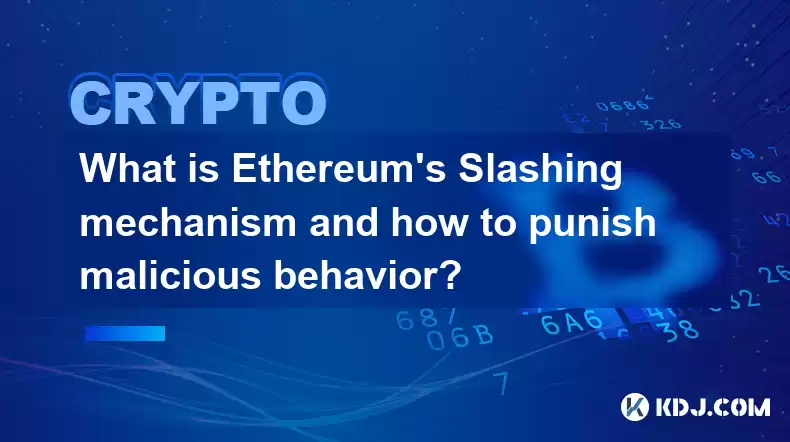
What is Ethereum’s Slashing mechanism and how to punish malicious behavior?
Feb 20,2025 at 03:08am
Key PointsOverview of slashingDifferent types of slashing in EthereumIncentives and consequences of slashingIdentifying and reporting slashed validato...
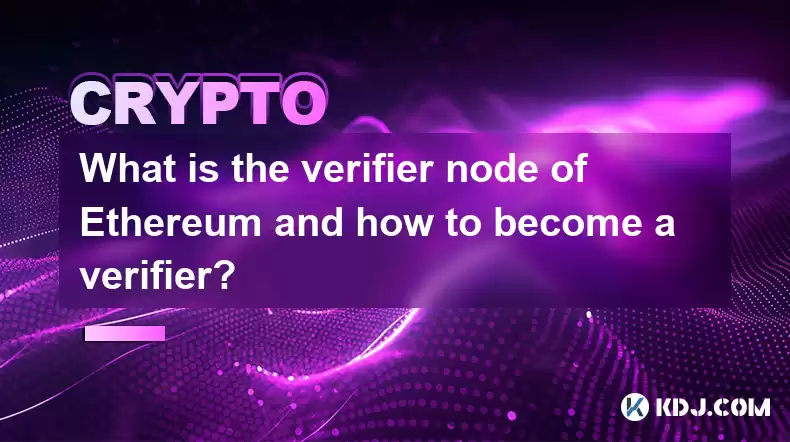
What is the verifier node of Ethereum and how to become a verifier?
Feb 19,2025 at 06:00pm
The Verifier Node of Ethereum: A Comprehensive GuideKey Points:What is a Verifier Node?How to Become a Verifier NodeResponsibilities and Rewards of a ...
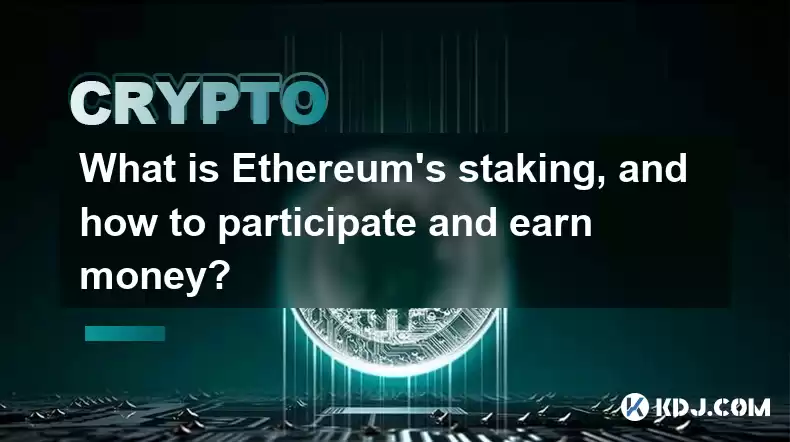
What is Ethereum’s staking, and how to participate and earn money?
Feb 19,2025 at 04:37pm
Key Points:Understanding Ethereum's Staking MechanismSteps to Participate in StakingBenefits and Rewards of StakingSecurity and Risk ConsiderationsTec...
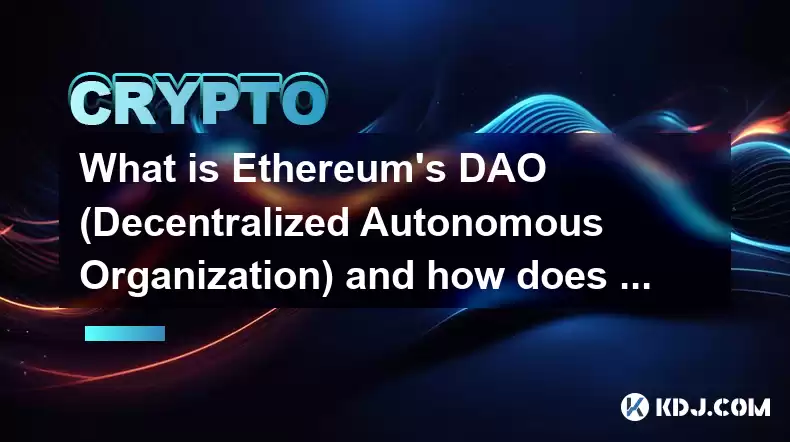
What is Ethereum’s DAO (Decentralized Autonomous Organization) and how does it work?
Feb 20,2025 at 03:12am
Key PointsDefinition and Structure of a DAOGovernance and Decision-Making in DAOsBenefits and Use Cases of DAOsChallenges and Limitations of DAOsWhat ...
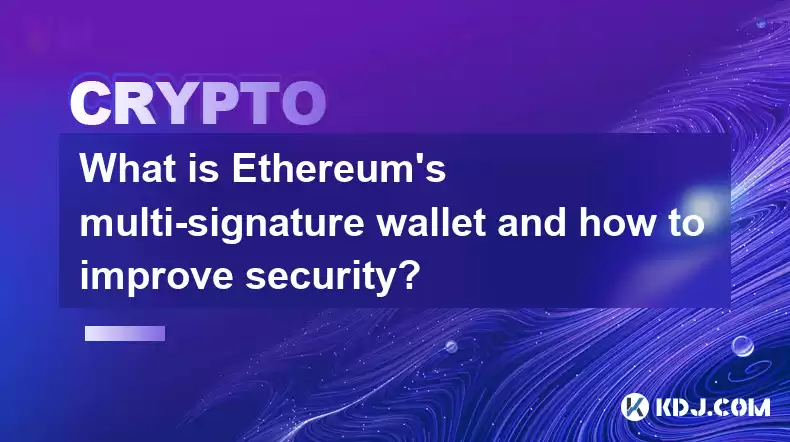
What is Ethereum's multi-signature wallet and how to improve security?
Feb 20,2025 at 02:18pm
Key Points:Understanding the Concept of a Multi-Signature WalletBenefits and Drawbacks of Multisig WalletsRequirements for Setting Up a Multisig Walle...
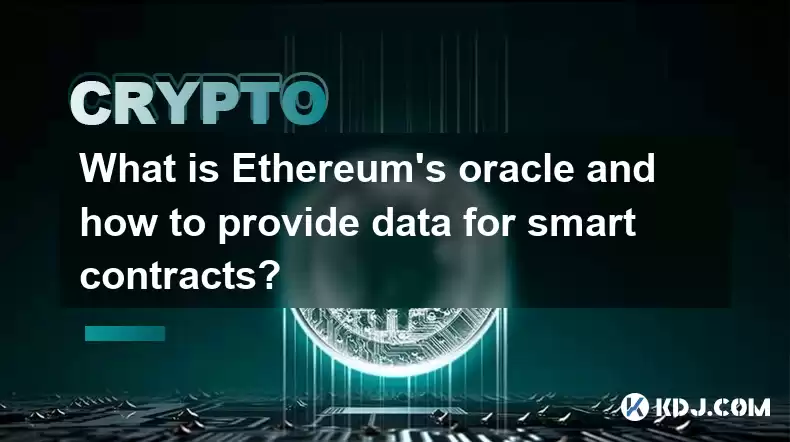
What is Ethereum's oracle and how to provide data for smart contracts?
Feb 21,2025 at 01:30am
Key Points:Understanding the concept of oracles in EthereumExploring different types of oraclesDetailed guide on how to provide data for smart contrac...

What is Ethereum’s Slashing mechanism and how to punish malicious behavior?
Feb 20,2025 at 03:08am
Key PointsOverview of slashingDifferent types of slashing in EthereumIncentives and consequences of slashingIdentifying and reporting slashed validato...

What is the verifier node of Ethereum and how to become a verifier?
Feb 19,2025 at 06:00pm
The Verifier Node of Ethereum: A Comprehensive GuideKey Points:What is a Verifier Node?How to Become a Verifier NodeResponsibilities and Rewards of a ...

What is Ethereum’s staking, and how to participate and earn money?
Feb 19,2025 at 04:37pm
Key Points:Understanding Ethereum's Staking MechanismSteps to Participate in StakingBenefits and Rewards of StakingSecurity and Risk ConsiderationsTec...

What is Ethereum’s DAO (Decentralized Autonomous Organization) and how does it work?
Feb 20,2025 at 03:12am
Key PointsDefinition and Structure of a DAOGovernance and Decision-Making in DAOsBenefits and Use Cases of DAOsChallenges and Limitations of DAOsWhat ...

What is Ethereum's multi-signature wallet and how to improve security?
Feb 20,2025 at 02:18pm
Key Points:Understanding the Concept of a Multi-Signature WalletBenefits and Drawbacks of Multisig WalletsRequirements for Setting Up a Multisig Walle...

What is Ethereum's oracle and how to provide data for smart contracts?
Feb 21,2025 at 01:30am
Key Points:Understanding the concept of oracles in EthereumExploring different types of oraclesDetailed guide on how to provide data for smart contrac...
See all articles

























































































